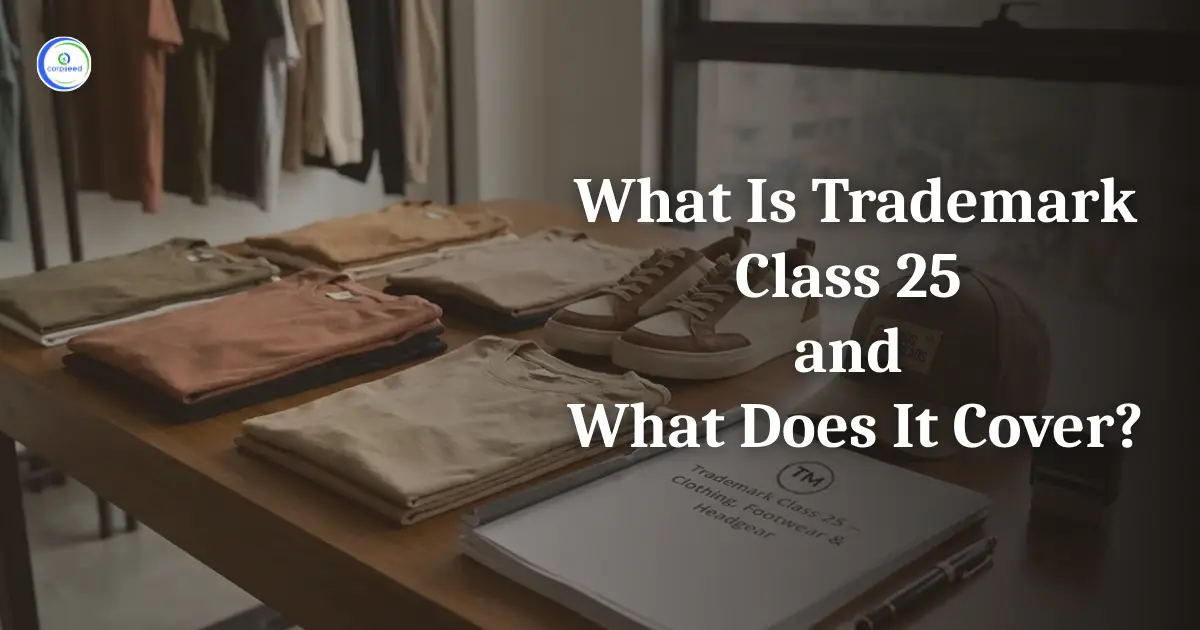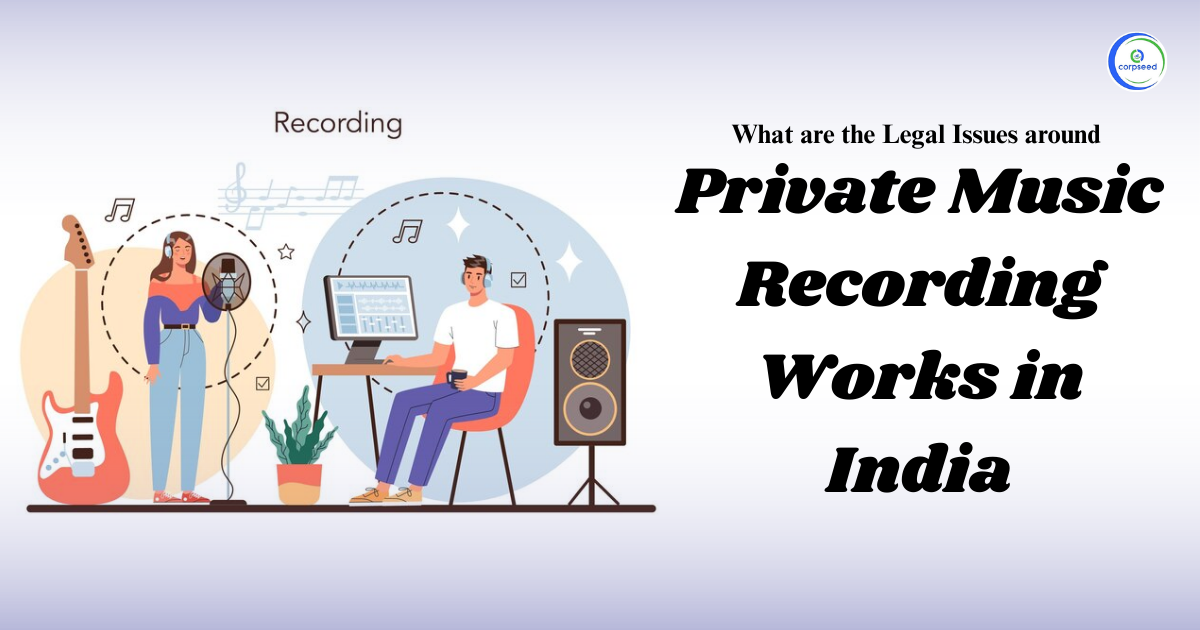What are Patents?
Patents are the exclusive rights provided to a person whosoever invents a process or a product that is a solution to any problem or is considered as a new way in furtherance of achieving a desired goal. The invention is something useful, new and non-obvious. A patent is in the form of a document that records the rights and privileges of the patent holder which is a public document. The patent was derived from the Latin expression ‘patter’ meaning ‘to lay open’, available for public inspection. The patent application conveys to the public the details of the new invention. Patent Registration promotes creativity as they fulfil two purposes, i.e. they help in the promotion of the economic well-being of the inventors and secondly, the publishing of the invention’s contents ensures that similar application for patent would not be entertained. As long as conditions pertaining to the patent are fulfilled: non-obviousness, novelty and utility. In some jurisdictions, other intellectual property rights are also called patents. For example, industrial design rights are called design patents, plant breeders' rights are sometimes known as plant patents, and utility models are known as petty patents or innovation patents.
Table of Contents
The exclusive rights patent provide includes the prevention of the invention from any other individual or company for a certain time period. It means that the law will help protect the invention from being copied by anyone else. And would prosecute those profiting from the patent holder’s invention. The patent holder can permit anyone to use its invention on certain circumstances as agreed upon by the patent holder or may sell the patent which would transfer the rights to the purchaser of the patent. When the time period of the patent ends, the restriction is lifted and everyone is open to profit from the invention as the protection provided to the patent holder expires.
Benefits of Patent
For a fixed time span that holds rivals at bay, patent protection is valid. The patent is valid in India for twenty years from the date of filing of the patent application. Safety aids in business growth and defends against future infringers. The significant advantages of patent are the following:
No invention threat
Any submission by the prospective investor licensee will be eventually made by patent application filing and receiving patent pendency. So, it's going to be automatically junior to one’s patent application.
Increased Margin of Profit
As a patent grant, its owner allows anyone to be exempt from the sale, use, offering and development of its invented product. If the consumer demand for the proprietary product grows, the absence of others decreases the market supply of the product. The owner may use a higher profit margin for their product.
Reduced Competition
For future rivals who are planning to enter the market with their product or service, patents serve as a barrier. In relation to the profit incentives, rivals consider infringement more dangerous. In addition, patent owners can file a patent against rivals for the purpose of charging them for offering a competitive product.
Encourage Settlement
In litigation, both sides put litigation, including patent infringement, on each other. In certain cases, both owners can determine that their respective patent technologies would be cross-licensed and would want to settle. It eliminates issues with lawsuits.
Expansion of Market Share
Others belonging to various regional markets may be allowed to patent technology. Regular royalty payments are made by the licensed patent holder to the patent owner for the sale of the patented product outside the patent owner's geographical market. In addition, individuals belonging to various technological fields can be licensed to patent technology. Manufacturing may, for example, license a patent to a vendor holding patent rights in the manufacturing market.
Fee Structure for Patent Registration
In furtherance of applying for a patent, understanding the cost structure would really help in making some important decisions. What helps the most is when one has a knowledge of the breakdown of cost structure and time of incurring such expenses. Awareness about the breakdown of cost structure prevails over the generic idea of overall cost. The overall cost for procuring a patent consists of a statutory fee and a professional fee. A statutory fee is the fee paid to the patent office and a professional means the fee paid to the patent service provider.
It shall be noted well that the most important factor pertaining to patent application filing is the preparation of patent specification. It is a highly skilled job and is best suited if prepared by a person having patent law as well as technical expertise. It is highly recommended that it is prepared by an expert if the applicant really wants to protect their intellectual property.
The Indian Patent Office (IPO) is the authority that issues the patent and the applicants are categorised into 4 categories, i.e.
- Natural Person,
- Start-up(s),
- Other than a natural person-small entity,
- Other than natural person-other than a small entity.
If an individual is applying for a patent, he shall be considered as natural person while all other entities would fall under the categories of Start-up(s), other than natural person-small entity or other than natural person-other than small entity. If there are more than one applicant, and any one of the applicants does not fall under the first category, in that case, it will be considered to be filed by the remaining two categories of applicants.
Patent office fee for applicants falling under the category of start-ups and natural persons are the least. Certain conditions to qualify as a start-up must be fulfilled to avail the benefits from the patent office. Conditions like the company shall be a registered partnership, limited liability partnership or private limited and other conditions regards the time span of registration and turnover etc.
Fee charged to applicants other than a natural person-small entity is between start-up/natural person and others except for small entity. Fee charged by the patent office to other than natural persons – others except small entity is double compared to fee charged to other than natural persons – small entity. There are conditions on other than a natural person – small entity as well which must be fulfilled to avail the benefits. Indian Patents Rules, 2003, rule 2(fa) defines “small entity”.
Here fee applicable is mentioned below. The patent office charges an additional 10% fee if the filling is done through hard copies. Fee mentioned here is the fee for e-filling.
|
No. |
Description |
Patent fee (INR) |
Comments |
||
|
|
|
Other than natural person-small entity |
Other than natural person-other than small entity |
Start-up/Natural person |
|
|
1. |
Application for grant of Patent |
4000 |
8000 |
1600 |
Mandatory |
|
2. |
Early Application Fee |
6250 |
12500 |
2500 |
Optional |
|
3. |
Request for examination of patent application |
10000 |
20000 |
4000 |
Mandatory |
|
4. |
For Every extra sheet over 30 sheets |
400/sheet |
800/sheet |
160/sheet |
Mandatory |
|
5. |
For every extra claim over 10 claims |
800/claim |
1600/claim |
320/claim |
Mandatory
|
Sr. No. 1 – Based on the type of application certain fee of 1600 or 4000 or 8000 has to be paid to the Indian Patent Office.
Sr. No. 2 - The fee of INR 2500/6250/12500 shall be paid on the basis of the type of applicant if you wish to have your patent application published by the IPO at an early date. If this request is not made, the IPO shall publish the patent application after 18 months from the date of priority (date on which you first file a patent application for your invention). There are several advantages to early publication of a patent application. Some of the advantages are: early publication can help to speed up the examination of the patent application process and patent rights can start from the date of publication.
Sr. No. 3 - An INR 4000 or 10000 or 20000 fee must be paid on the basis of the type of applicant applying to the IPO for the examination of your patent application. This request for examination may be lodged and the fee paid within 48 months from the date of priority. Note, however, that the application is only filed for examination by the patent office after receipt of that fee. It is therefore advisable, if you wish to expedite the patent process, to file this request at the earliest opportunity. The start-up may also request an expedited examination of its patent application. The fee for this amount is INR 8000. At present, the patent office has limited this request to approximately 1000 applications per year.
Sr. No. 4 - The IPO accepts the patent specification, which has up to 30 sheets of paper, without charging any additional fee. However, if the specification crosses 30 sheets, an IPO fee of INR 160 or 400 or 800 per sheet for each additional sheet must be paid on the basis of the type of applicant.
Sr. No. 5 - In addition, the IPO accepts a patent specification containing up to 10 claims (no limitation on independent claims) without charging any additional fee. However, if the specification has more than 10 claims, an IPO fee of INR 320 or 800 or 1600 Claim for each additional claim must be paid on the basis of the type of applicant.
Bottom-Line
Patents are considered one of the most important forms of intellectual property. Patents have played a key role in the advancement of science and technology. There are numerous examples of exciting inventions existing as simple, clever ideas and offering advanced, technical solutions. For example, on behalf of Christer Fahraeus' C-pen, text can be transferred directly from paper to computer. Hakan Lans' invention helped to reduce flight times by enabling pilots to view the exact positions of other aircraft. Thanks to Mia Seibel, breast-feeding shirts are now available to women across a number of countries. If Per-Ingvar Branemark had not discovered a growth attachment instrument and had decided to carry out further research, we may not have had any titanium screws in the medicine today. One must therefore strive to make his invention as novel and as effective as possible. Creativity is an embodiment of prosperity. In the 6,000 years of human civilization, creativity has brought us this far. To encourage and ensure this goes on, patent are registered providing benefits to the patent holders.
This portion of the site is for informational purposes only. The content is not legal advice. The statements and opinions are the expression of author, not corpseed, and have not been evaluated by corpseed for accuracy, completeness, or changes in the law.
BOOK A FREE CONSULTATION
Get help from an experienced legal adviser. Schedule your consultation at a time that works for you and it's absolutely FREE.







.webp)

